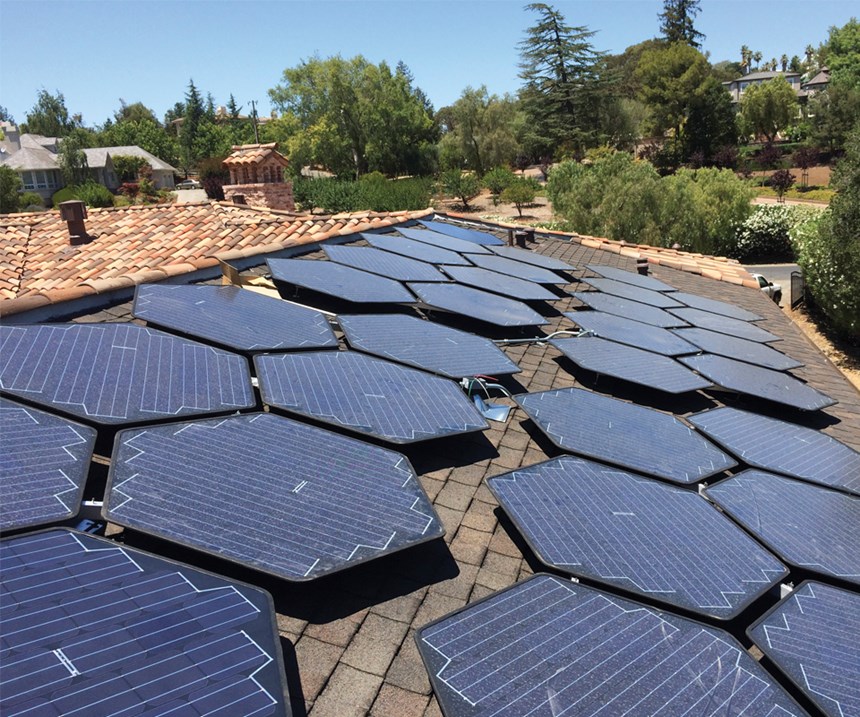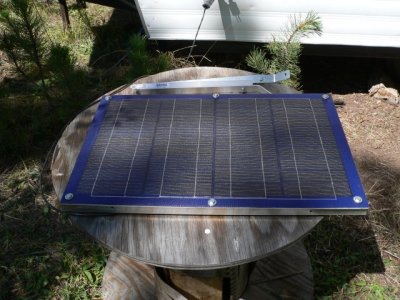As the planet gets warmer scientists are warning that temperatures could become too high for solar panels to.
Will heat generated by solar panels melt fiberglass.
Researchers at the test centers have shown that solar can still successfully generate electricity in snowy areas and other harsh environments.
Solar cells need sunlight to generate electricity but with rays also comes heat.
Light is able to forward scatter through a sparse coating reaching the panel to produce electricity.
We have a 9 year old fiberglass pool with a solar heating system on top of our home.
The cells will generate significant amounts of heat usually higher than the module encapsulation and rear backing layer.
That second kind of solar panel is the one that inspired a team of researchers at stanford university in palo alto california to develop a new system that can harness energy in darkness.
Therefore a higher packing factor of solar cells increases the generated heat per unit area.
This also means that when the sun rises the snow can easily melt and slide off.
We can confirm that 10 15 degrees is about all we can expect the pool water to heat.
It will generate enough heat to melt together and be useless after that.
This is the easiest and safest solution although it can take time for the weather to warm up enough to melt snow.
It s based on the concept of using heat to generate energy but an inverse version of the solar panel.
Home solar panels are tested at 25 c 77 f and thus solar panel temperature will generally range between 15 c and 35 c during which solar cells will produce at maximum efficiency however solar panels can get as hot as 65 c 149 f at which point solar cell efficiency will be hindered.
Solar cells are specifically designed to be efficient absorbers of solar radiation.
A dusting of snow has little impact on solar panels because the wind can easily blow it off.
Install factors like how close the panels are installed to.






























